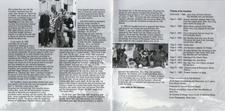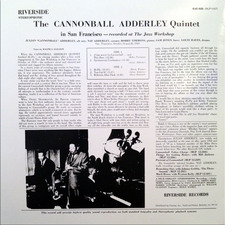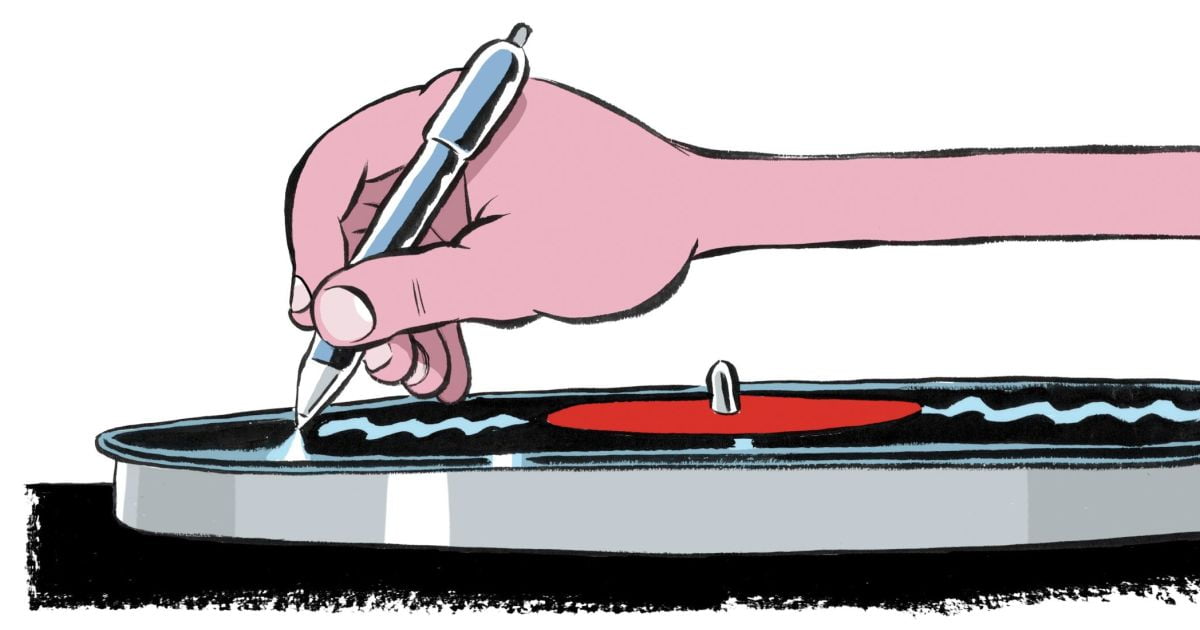It’s the time of year for saving money!
This morning I was listening to a new album via Tidal and I heard a great guitar solo. My first thought was, of course, “Who was that?” Now back in the old days if I was listening to a new album I would grab the LP cover or CD jewel case and look to see whose credits were on that particular cut. The best I can do if I’m listening via iTunes is some Google searches for the album title and artist’s name to see if I can find the info on some page in cyber-space. That isn’t good enough.
 As a certified (or certifiable) music geek I inevitably want to know who played on and who recorded and produced anything that I want to hear more than once. With most streaming services finding this sort of “deep” info is going to require some digging and the help of a search engine or two. And I’ll be honest with you – sometimes I think that finding the info that I want to know is becoming more trouble than it’s worth…Am I ever going to be a on quiz show that would ask me, “What kind of guitar was used for the rhythm track on Thin Lizzy’s “Jail Break?” But the music geek in me would still like to know; and I would like an easier way to find that out. And yes, I long for the days when everything I needed to know was a foot away, located on the insides in the album notes.
As a certified (or certifiable) music geek I inevitably want to know who played on and who recorded and produced anything that I want to hear more than once. With most streaming services finding this sort of “deep” info is going to require some digging and the help of a search engine or two. And I’ll be honest with you – sometimes I think that finding the info that I want to know is becoming more trouble than it’s worth…Am I ever going to be a on quiz show that would ask me, “What kind of guitar was used for the rhythm track on Thin Lizzy’s “Jail Break?” But the music geek in me would still like to know; and I would like an easier way to find that out. And yes, I long for the days when everything I needed to know was a foot away, located on the insides in the album notes.
So far, downloads have been only slightly better than streaming services at providing the information that this music enthusiast craves. Sure, HD Tracks supplies the “cover art,” via a JPEG, but rarely is there much info on the cover, and since it’s not “searchable” by keywords, it’s often easier to Google for info than open up the JPG and look around in futile hopes of finding information you crave.
 Streaming service’s ancillary info varies radically from service to service. Pandora and Spotify give you a title and artist and little else. Tidal delivers some additional information via their info/description boxes. Unfortunately many of these Tidal descriptions often have little else besides some links to other works by that same artist. There are always exceptions like the newly-released Beatles Live at the Hollywood Bowl which does have a detailed essay on the Beatle’s place in music history. Roon is, on average, much better in terms of info, often with multiple links to band member’s names, but if you want to know who produced and recorded the tracks much of the time you’re still going to have relegate some time to using search engines.
Streaming service’s ancillary info varies radically from service to service. Pandora and Spotify give you a title and artist and little else. Tidal delivers some additional information via their info/description boxes. Unfortunately many of these Tidal descriptions often have little else besides some links to other works by that same artist. There are always exceptions like the newly-released Beatles Live at the Hollywood Bowl which does have a detailed essay on the Beatle’s place in music history. Roon is, on average, much better in terms of info, often with multiple links to band member’s names, but if you want to know who produced and recorded the tracks much of the time you’re still going to have relegate some time to using search engines.
Of course some music apps are better than others at giving you ancillary info on your favorite new tracks. iTunes has proven to be practically useless in this regard. If you’re lucky if you use the “Show related” button it will show you something you could purchase from the iTunes store that is similar, but for Tori Amos’ “Crucify,” which I have in multiple versions in my library, couldn’t even find anything in the iTunes store to match with it. None of the “shell” players such as Amarra, Pure Music, or Audirvana+ that use iTune’s database adds anything except a faster search function since they all rely on iTune’s data library.
 It’s no wonder that every serious music enthusiast I’ve ever known collects vinyl, CDs, and tape (those R-to-R boxes duplicate the liner notes on their comparable LPs) in addition to streaming and downloads. If you want or NEED to know the intimate details about a recording session the cyber music world has yet to catch up with older technologies in terms of presenting all the information that a passionate music lover wants to know. So far Roon is best at delivering additional information about recordings, but even Roon still hasn’t achieved the same level of informational density as the back cover of a 60-year-old LP…
It’s no wonder that every serious music enthusiast I’ve ever known collects vinyl, CDs, and tape (those R-to-R boxes duplicate the liner notes on their comparable LPs) in addition to streaming and downloads. If you want or NEED to know the intimate details about a recording session the cyber music world has yet to catch up with older technologies in terms of presenting all the information that a passionate music lover wants to know. So far Roon is best at delivering additional information about recordings, but even Roon still hasn’t achieved the same level of informational density as the back cover of a 60-year-old LP…








